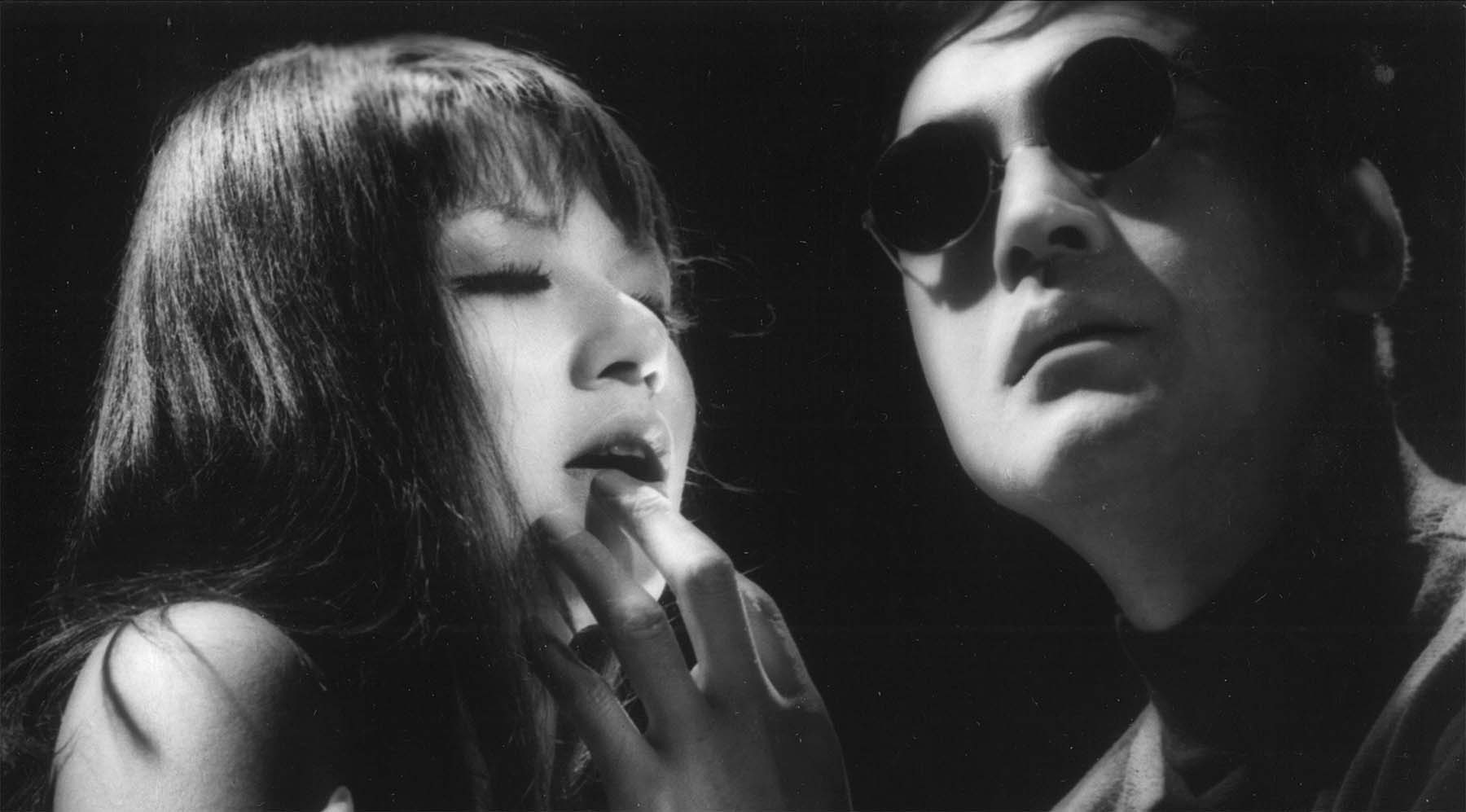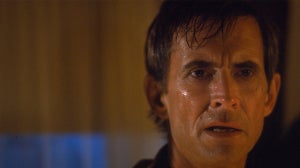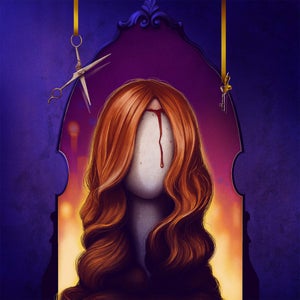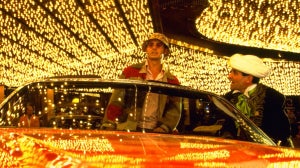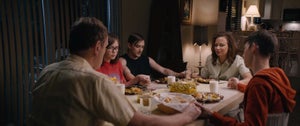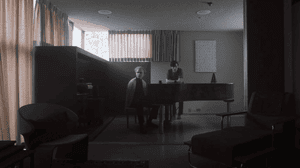
Japan has been home to many famous literary figures throughout history, yet few have a body of work so instantly recognisable as that of Taro Hirai, better known by his pseudonym, Edogawa Rampo. Born in 1894, Rampo was heavily influenced by the works of Sir Arthur Conan Doyle and Edgar Allan Poe, whose detective and horror stories inspired many of his novels.
The 1920s and 30s saw Rampo rise to become Japan’s foremost author of mystery fiction, with much of his work coming under the umbrella of ero guro nansensu (erotic grotesque nonsense), a literary movement of the era. Continued interest in Rampo’s books has seen many silver screen interpretations of his stories go into production over the years.
We've cast an eye over cinematic works inspired by his writing and picked out six of the most mysteriously seductive to delve into:
Blind Beast (Yasuzo Masumura, 1969)
Throughout the 1960s, the work of auteur filmmaker Yasuzo Masumura increasingly leaned towards the erotic, with films including Manji (1964) and Irezumi (1966). It’s no real surprise then that the director eventually took on one of Rampo’s more extreme novels for adaptation, 1931’s “Blind Beast”. The film concerns Aki (Mako Midori), a nude model kidnapped by a blind sculptor, Michio (Eiji Funakoshi). Determined to create a new art form that captures the beauty of touch, Michio attempts to sculpt a mould of Aki in his workshop, which is filled with chillingly lifelike statues.
Michio’s obsession with the female form is reflected in some marvellous set design, while his perversions are made all the more convincing thanks to a frightening performance from Masumura regular Funakoshi. The story is an engrossing affair, as explorations of masochism and sexual fantasy are intercut with tense sequences where Michio blindly hunts down by the escape-minded Aki. The climax is a marvel to behold, as the escalating depravity beggar’s belief and borders on the surreal. While Masumura would continue to direct for another fifteen years, Blind Beast perhaps marks his last great film.
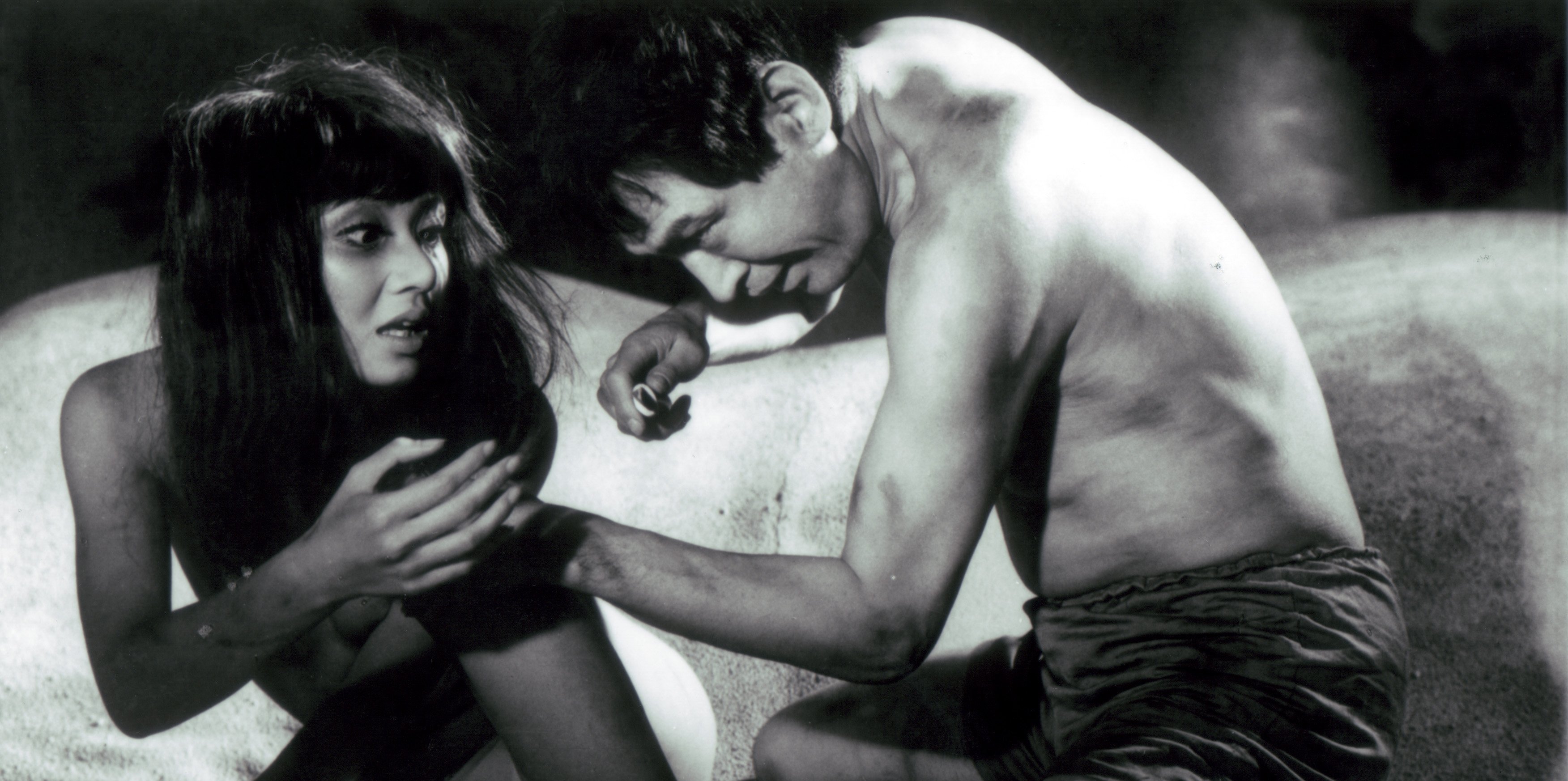
Horrors of Malformed Men (Teruo Ishii, 1969)
Teruo Ishii built something of a reputation for himself during the 1960s, as he directed several features leading up to the Japanese exploitation boom. Aside from having an eye for the extreme, the director was also an admirer of Rampo’s work and finally took on a passion project adapting the author’s writings in 1969. The subsequent film, Horrors of Malformed Men, mashes together a collection of Rampo’s short stories and fuses them into a truly bonkers narrative.
Everything from the plotline to the colourful set pieces is utterly mind-boggling, with Ishii making great use of body horror to complement the usual eroticism. The film even had the honour of being banned in Japan after its initial release, but this was more down to studio Toiei pre-empting any backlash as opposed to being the result of public outcry. More of an Edogawa Rampo greatest hits than a cohesive movie, but a wild ride nonetheless.
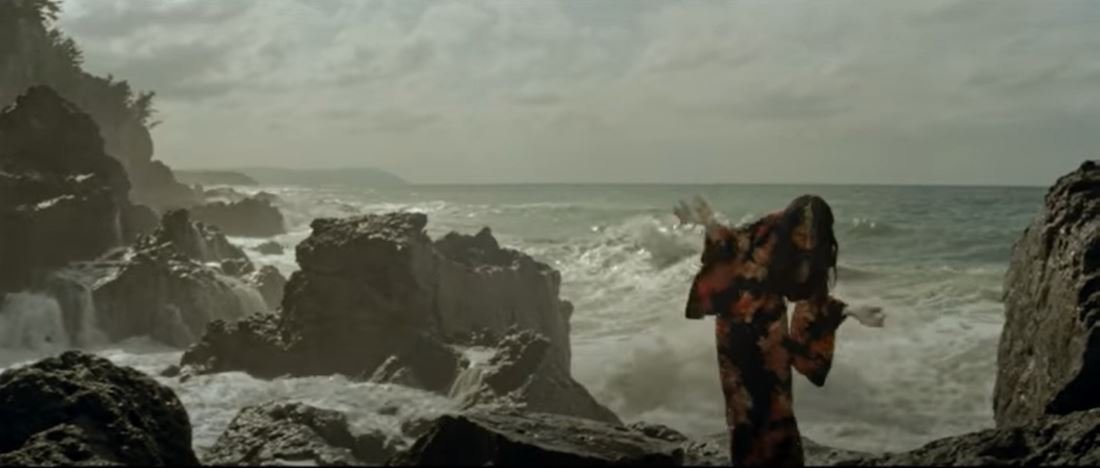
Watcher in the Attic (Noboru Tanaka, 1976)
In 1971, Nikkatsu, Japan’s oldest film studio, focussed its production entirely on its Roman Porno series, which was made up of high-class softcore porn films that fit into the pinku eiga genre. Surprisingly, only one of Rampo’s short stories has been adapted for pink films, and that is the 1925 publication “The Stalker in the Attic”.
While there have been a few on-screen versions of this story, the most famous is easily Noboru Tanaka’s 1976 film. The narrative follows the erotic and murderous impulses of Lady Minako (Junko Miyashita), a wealthy woman who, during sexually-charged visits to a boarding house, is spied upon by the voyeuristic Goda (Renji Ishibashi) – who some will recognise from Takashi Miike’s Audition (1999).
Tanaka’s film is one of the more overtly explicit adaptations of Rampo’s work, wherein lies much of its success. The movie is beautifully shot and stands as one of the most critically admired Roman Porno films of Nikkatsu’s output. There’s even the disturbing yet welcome incorporation of one of the author’s other minor works, that being “The Human Chair”, the title of which speaks for itself.
Murder on D Street (Akio Jissoji, 1998)
Rampo’s most famous creation is arguably the character of Detective Kogoro Akechi. Quite clearly modelled on Sherlock Holmes, Akechi is the central figure of many Rampo works and has subsequently popped up in everything from film adaptations to anime series. The brilliant detective made his first literary appearance in 1925’s “The Case of the D Street Murder”, which director Akio Jissoji brought to life in 1998.
Set in 1927, the film follows the production of fake pornographic drawings, the complications of which eventually lead to a murder that Detective Akechi is tasked with solving. Played by Kyusaku Shimada, Akechi’s Holmes influence comes through in everything from his crippling personal issues to superior powers of deduction. Akechi, of course, had graced cinema screens several times before, such as in Kinji Fukasaku’s Black Lizard (1968).
Aside from the usual eroticism and violence, the film also presents a stark period setting that is moody and atmospheric. One of the most enjoyable aspects of any Rampo adaptation is that it often allows a chance to further explore early 20th century Japan, an era rife with liberalism and cultural change.
Gemini (Shinya Tsukamoto, 1999)
Cult filmmaker Shinya Tsukamoto has become renowned for his stimulating projects that highlight human beings’ primal instincts. His adaptation of Rampo’s 1924 novel “Soseiji” is a match made in heaven, as the director puts his stylistic spin on the author’s work. Shortly after a wealthy doctor, Yukio (Masahiro Motoki), marries a mysterious young woman, Rin (Ryo), he finds himself at the mercy of a doppelganger who is hell-bent on tearing his life apart.
The filmmaker’s first period piece presents a nightmarish and confusing scenario. The degrading manner in which Yukio is treated, while not necessarily violent, is as upsetting as anything in the previously discussed films. The burning sexual desire present in many of Rampo’s characters is brought to the forefront of affairs here, and is accentuated by Tsukamoto’s graphic interpretation.
The director manages to retain the key hallmarks of Rampo’s writing, notably those concerning eroticism and sadistic torture, while still presenting it in his own way. The result is a delightfully grotesque encounter that allows Tsukamoto to delve into his usual territory of depicting the animalistic urges of people that lie just underneath the surface.
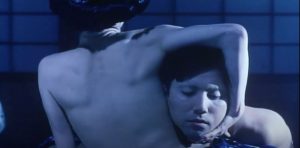
Rampo Noir (Akio Jissoji, Atsushi Kaneko, Hisayasu Sato, Suguru Takeuchi, 2005)
The 21st century has seen a continuation of Rampo adaptations, with four of the author’s stories being reimagined in the anthology film Rampo Noir. After the brief and silent “Mars Canal”, “Mirror Hell”, sees the excellent Tadanobu Asano take on the role of Detective Akechi as he attempts to figure out who is behind a string of mirror-related murders. Easily the most masochistic of the four shorts, director Akio Jissoji returns with another Rampo adaptation that blends science and the supernatural to make for a compelling mystery.
Hisayasu Satô helms the third short in the anthology, “Caterpillar”, a story that follows the grotesque relationship between a wife and her severely wounded husband who’s returned from war. Unsurprisingly, in the age of 1930s militarism, Rampo found himself in trouble with Japanese censors, who asked him not to republish the short story.
The final and most bizarre segment of the film is Atsushi Kaneko’s “Crawling Bugs”. This tale of delusion, paranoia, and obsession is exactly the type of surreal story that one has come to expect from Rampo and makes for an oddly humorous conclusion.
Almost a century on from his literary debut in 1923, Edogawa Rampo continues to be a source of inspiration for countless creatives in the Japanese film industry. Whether through direct adaptations or bold reimaginings, there’s no denying that each cinematic interpretation of the author’s work is utterly unique in its blending of eroticism, violence, and mystery. As Rampo has influenced filmmakers for many years, so too will their subsequent projects inspire the next generation of silver screen talent, furthering the legacy of one of Japan’s greatest authors.

